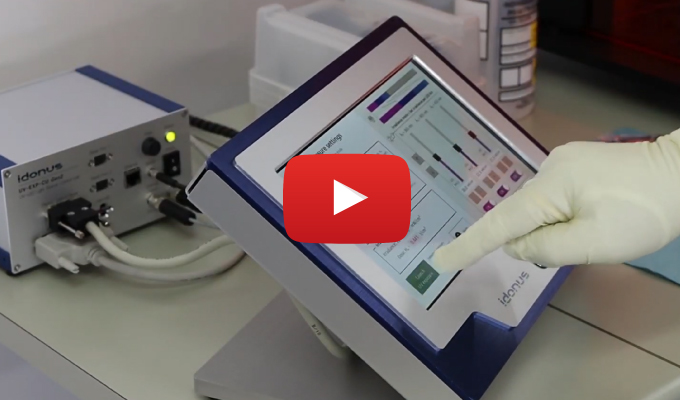
|
|
Watch this video to discover the features of the idonus UV-EXP Gen. 2 exposure systems.
|
Why LED technology?
Until recently, mercury arc lamps were the only sources capable of providing high intensity light
suitable for UV photolithography exposure. Thanks to the advances in LED technology, UV-LEDs have become
a very attractive alternative to the hazardous and energy-consuming mercury lamps.
Along with the ecological and security aspects, the technical advantages of UV-LEDs as compared with
traditional mercury lamps are numerous and significant for photolithography. A foremost advantage of
UV-LEDs is that they operate with consistent emission for very long lifetimes. As a result, daily
calibration and maintenance are not required. Furthermore, by being more energy efficient, LEDs have
reduced heating, which greatly simplifies system cooling.
It is noteworthly that LEDs emitting at 365 nm, 405 nm and 435 nm (peak wavelengths) can be combined to mimic the
UV-A spectrum of mercury-arc lamps (i-line, h-line and g-line characteristic peaks of Hg element), as can be seen
in this graph.
Technical note:
Photoresist exposure with the idonus
UV-EXP equipment (
PDF, preview).
Please, contact our
sales team to receive the full version of our technical note on
photoresist exposure.
White Paper: Human vision and the CIE chromaticity diagram (
PDF, preview paper).
Please, contact our
sales team to receive the full version of this White Paper.
Useful references
"Investigating the pattern transfer fidelity of
Norland Optical Adhesive 81 for nanogrooves by microtransfer molding,"
R. Sabahi-Kaviani and R. Luttge,
J. Vac. Sci. Technol. B 39, 062810 (2021).
DOI: 10.1116/6.0001333
"Gaining Micropattern Fidelity in an NOA81 Microsieve Laser Ablation Process,"
R. Sabahi-Kaviani and R. Luttge,
Micromachines, 2021, 12(1), 21.
DOI: 10.3390/mi12010021

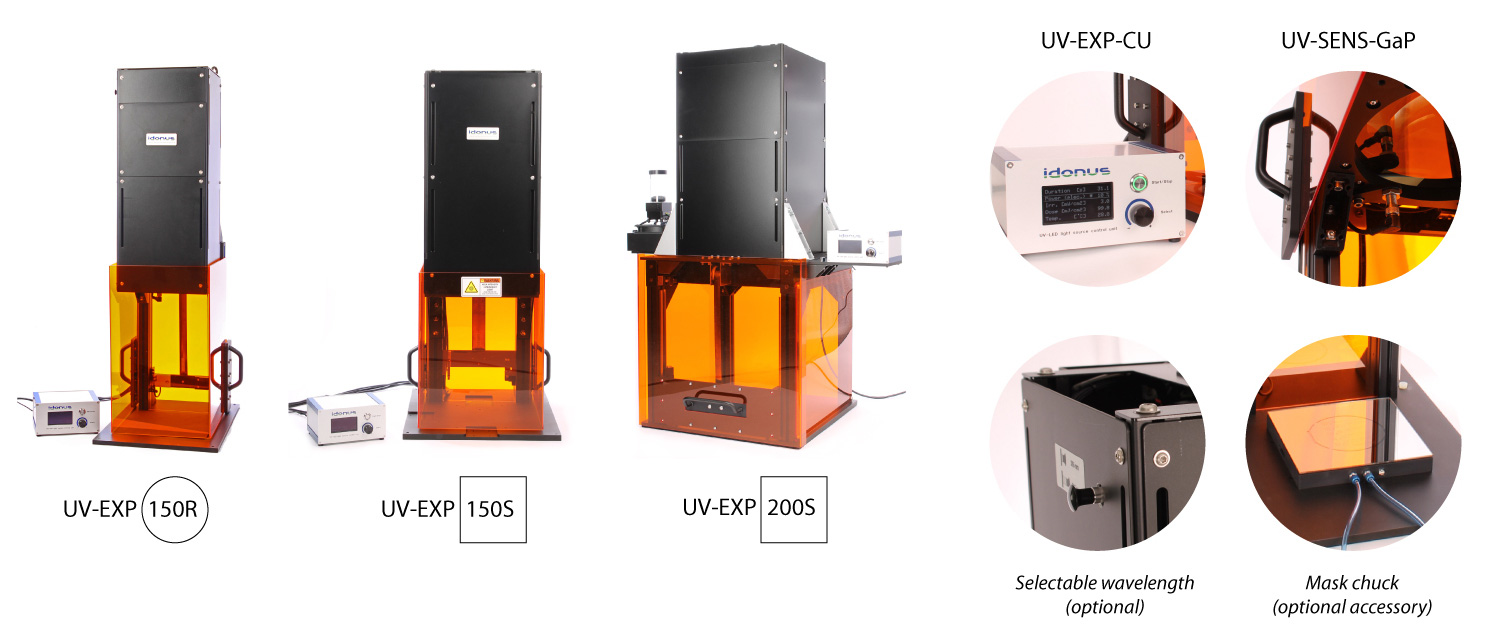

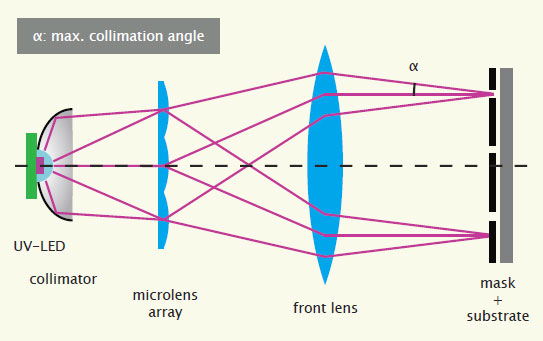
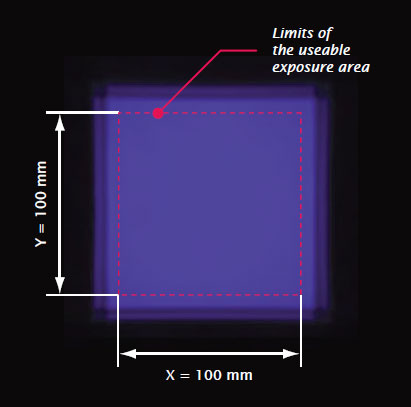
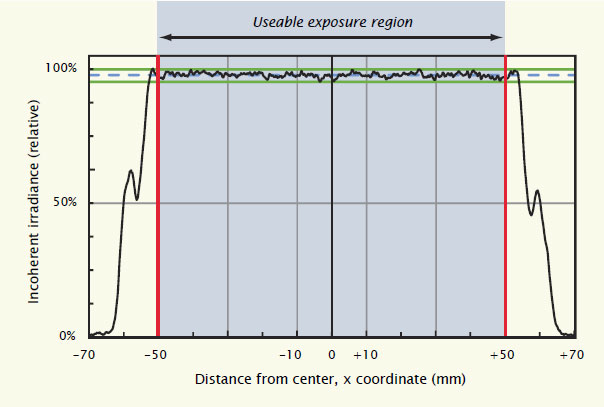
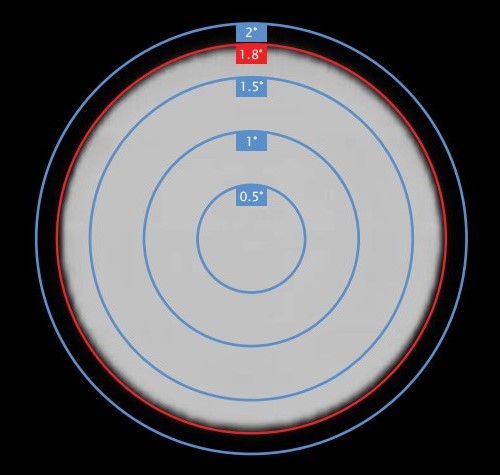
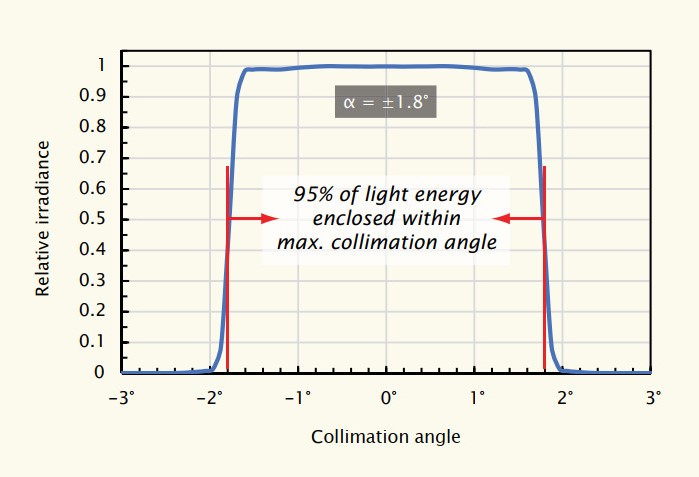
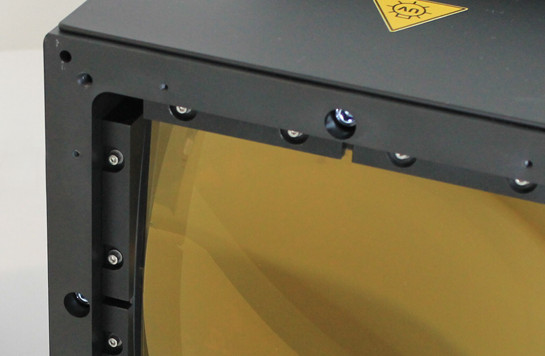
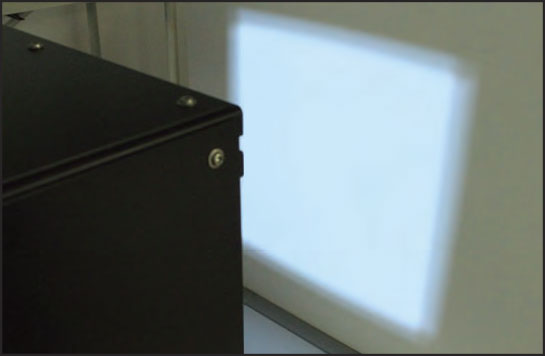
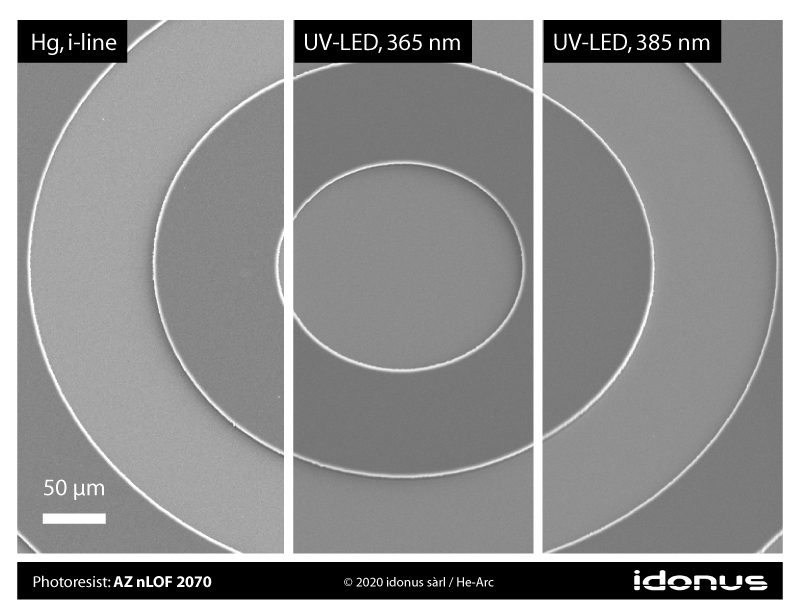
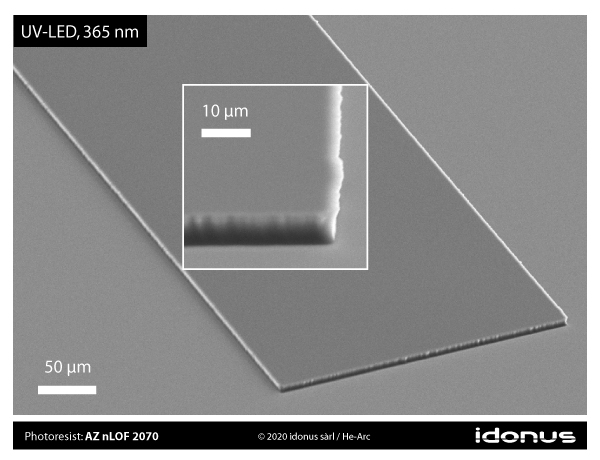
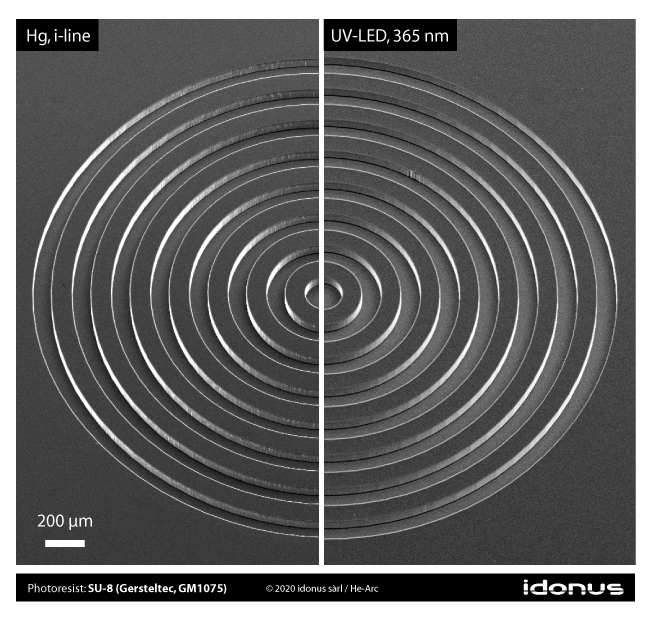


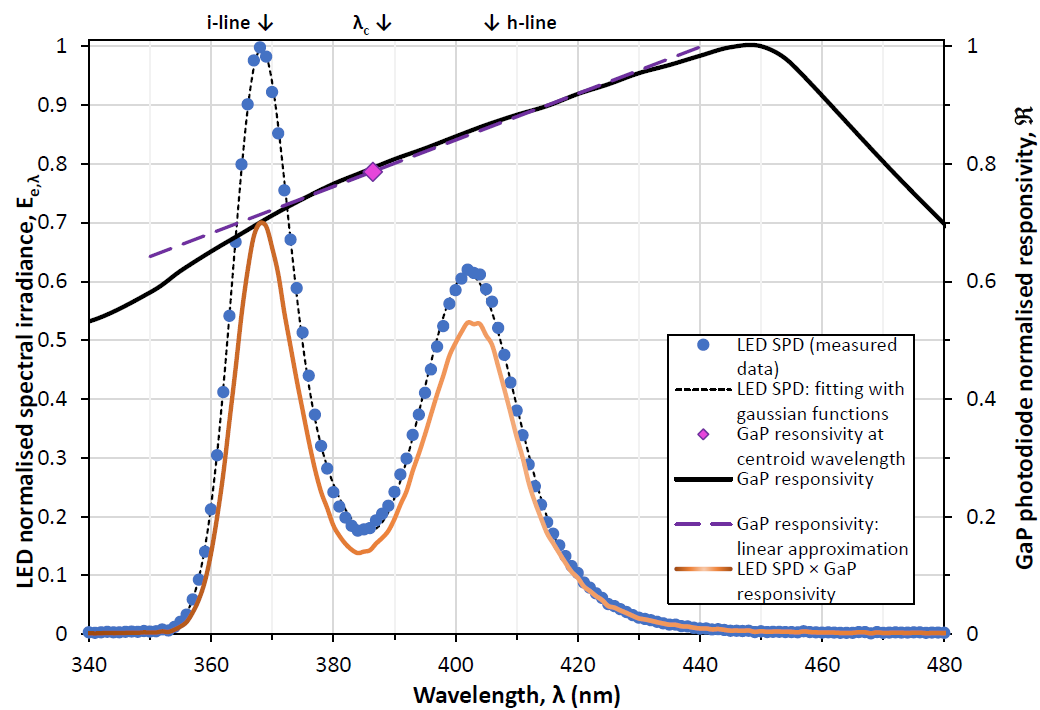
.png)